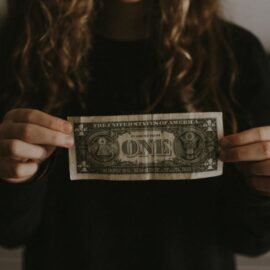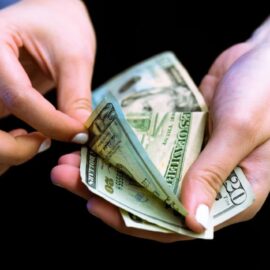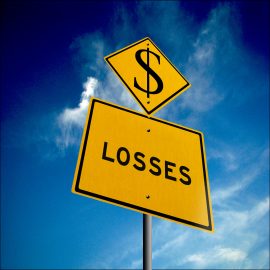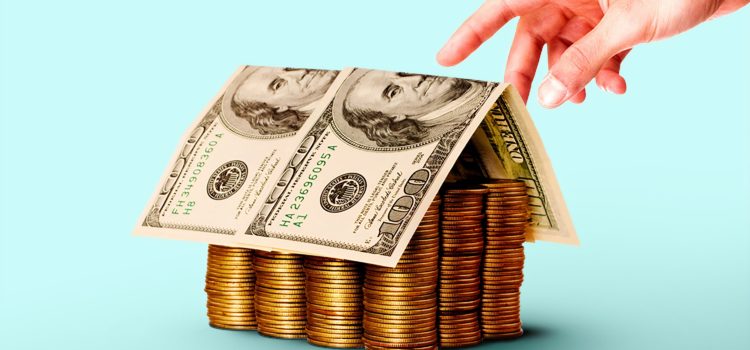
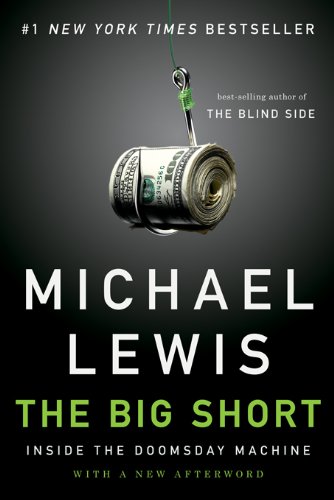
This article is an excerpt from the Shortform summary of "The Big Short" by Michael Lewis. Shortform has the world's best summaries of books you should be reading.
Like this article? Sign up for a free trial here .
What is subprime lending? How do subprime loans generate profit?
Subprime lending is the practice of lending money to risky borrowers. The people who borrow on subprime rates tend to earn low incomes or have impaired credit history. As such, they are willing to pay higher interest rates on the borrowed money.
Keep reading to learn about the rise of subprime lending and how it generates profit.
The Rise of Subprime Lending
In the 1980s and 1990s, a new industry, led by firms like The Money Store, was being established to provide financial products and services to the least-creditworthy Americans. The home loans issued to un-creditworthy borrowers became known as subprime mortgages. Although subprime mortgages still only represented a small fraction of the total U.S. credit market at this time, they received a boost from the nation’s growing income inequality. A more skewed income distribution created more and more potential subprime borrowers.
Superficially, the structure of subprime mortgage bonds resembled that of the original mortgage bonds that had been composed of mortgages to creditworthy borrowers. Investors would purchase different tranches, or tiers, of the bonds, only now they were exposed to a much higher risk of actual defaults, because the bonds were composed of subprime mortgages.
Subprime mortgage loan originators were happy to issue loans to almost anybody. Bad credit score? No problem! No income? Nothing to worry about! Past history of delinquency and/or foreclosure? Everyone deserves a second chance!
Home prices seemed to be going up and up with no end in sight. Indeed, the U.S. was living through a period in which the residential housing market had been on a general upward trend since the end of World War Two. The most secure, rock-solid investment appeared to be in homes. For this reason, subprime lenders were largely unconcerned with the risk of default. With the price of their homes always rising, borrowers would always be able to refinance easily. Refinancing simply meant using the equity in one’s home as a form of collateral to obtain a new loan. With this cash, people could pay their original mortgages (thus eliminating the possibility of default) and just take on new debt. It was a way to use a home as a piggy bank, a source of easy cash for over-extended borrowers.
And even if a few borrowers failed to make their mortgage payments on time or couldn’t refinance and obtain a new loan, the lenders would simply take back the house and issue a new mortgage to a new homeowner at an even higher principal, or money owed to the lender.
Moreover, the subprime lenders weren’t keeping the loans on their books. Through mortgage bonds, the loans they had issued to risky borrowers could be bundled, packaged, and sold off to other investors. Any risk of default would be their problem. These incentives contributed to a widespread degradation of lending standards across the mortgage industry.
Ramping Up
Despite the inherent irrationality of the subprime lending market, it continued to thrive and grow as the 1990s became the early 2000s. In the 1990s, the market was maybe $30 billion: a drop in the ocean of the global credit market. By 2005, there were $625 billion in subprime mortgage loans, $500 billion of which had been packaged into bonds.
Even more alarming, the quality of the underlying loans had only deteriorated over time. Seventy-five percent of the loans by this time were floating-rate or adjustable-rate. This meant that the borrowers received a low “teaser-rate” for the first two years or so of the mortgage, after which they would face rate increases and ever-larger payments (these latter were to become known as “balloon payments”). Of course, this meant that many borrowers would be unable to make their payments in just a few short years, which would, in turn, set off a wave of foreclosures. Although a few foreclosures were no big deal for investors, a large number would wipe out the value of the bonds made up of these mortgages. The time bomb had already been planted.
But the subprime borrowers and the financial institutions still were unable to see what a dangerous game they were playing. A massive game of hot potato was taking hold of the financial system. Lenders had an incentive to make as many subprime loans as possible and immediately sell them off to big Wall Street firms. These firms would then package them into mortgage-backed securities and sell them off to unwitting investors.
The loan originators and the big banks that assembled and sold the bonds were making so much money selling these bonds off to investors that neither really cared about the quality of the underlying loans. The banks pressured the subprime companies to make more and more loans, regardless of the borrowers’ financial position. It became a matter of quantity over quality and volume over value. This was easy to get away with in the unregulated, Wild West world of bond trading. Unlike the relative transparency of the stock market, the bond market was defined by the buying and selling of increasingly complicated financial instruments of which customers had an extremely limited understanding. This gave the bond traders a powerful informational advantage that they exploited to the fullest. The ignorance of the institutional investors who purchased these securities, like pension and retirement funds, was a goldmine for the big banks.
———End of Preview———

Like what you just read? Read the rest of the world's best summary of "The Big Short" at Shortform . Learn the book's critical concepts in 20 minutes or less .
Here's what you'll find in our full The Big Short summary :
- How the world's biggest banks contributed to the 2008 financial crisis, greedily and stupidly
- How a group of contrarian traders foresaw the bubble popping, and made millions from their bets
- What we learned from the 2008 crisis - if anything

